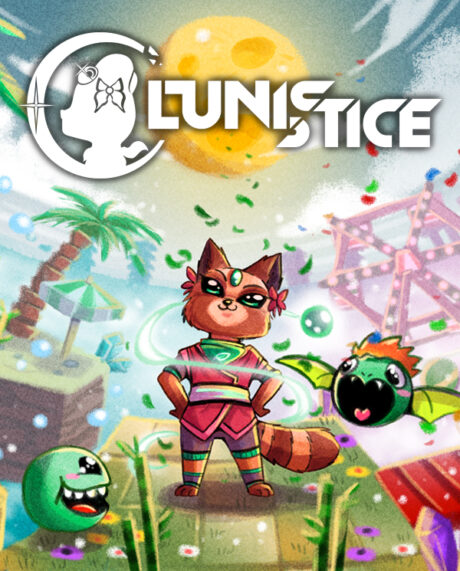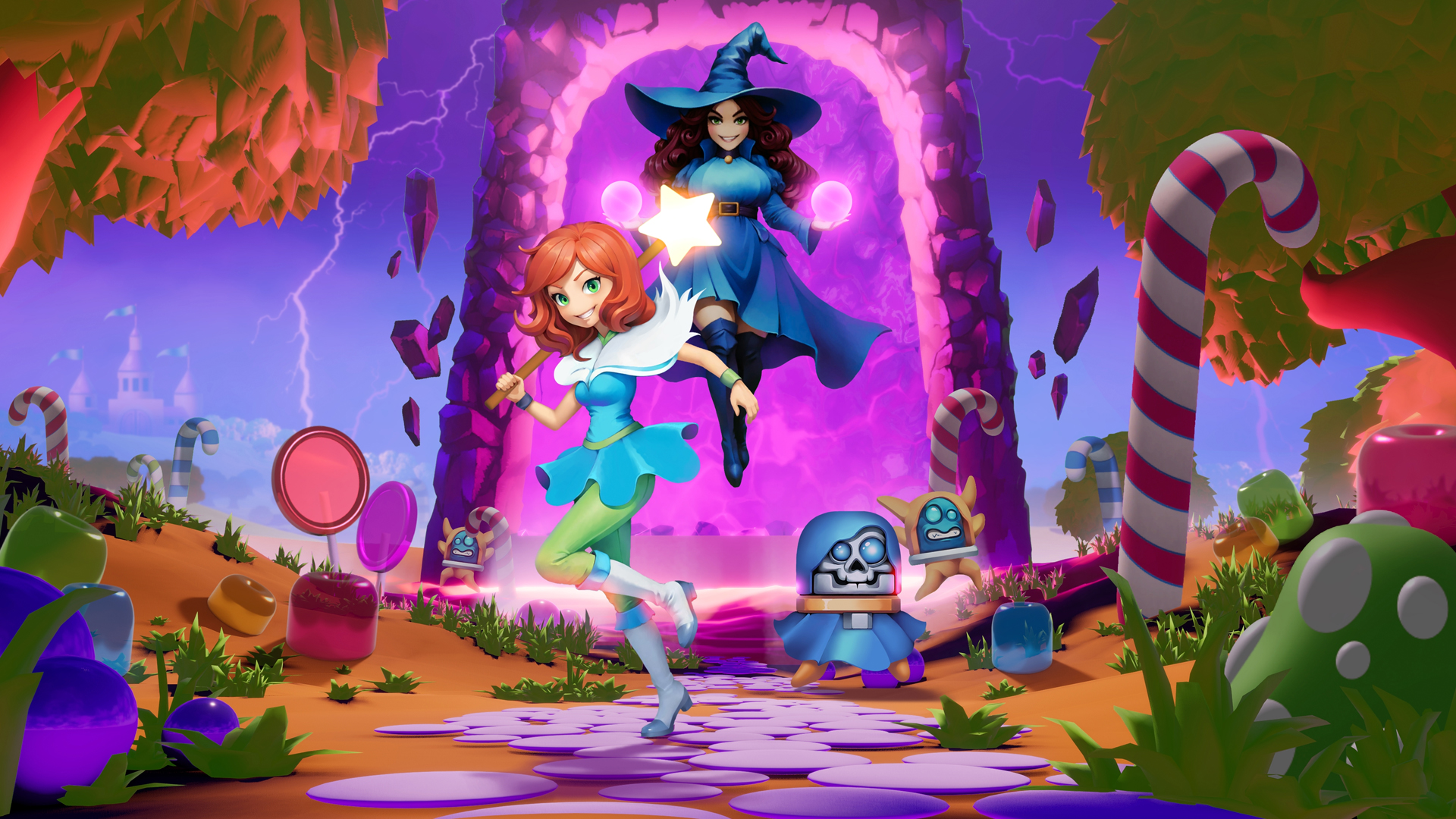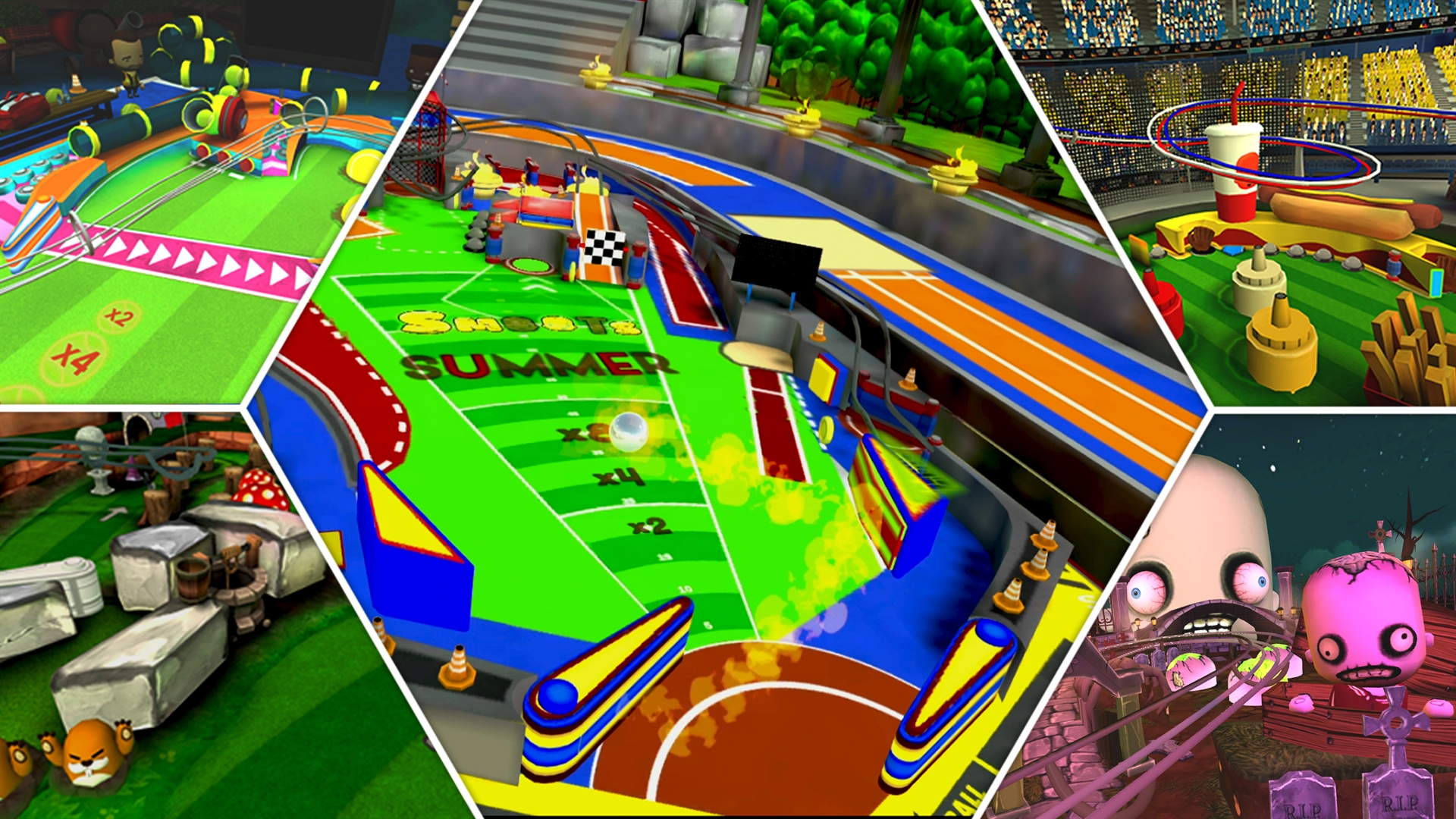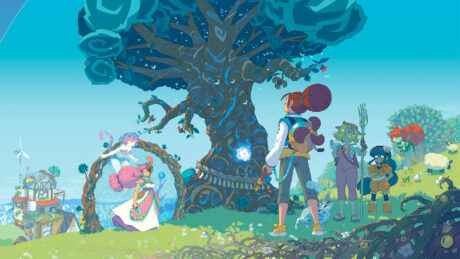Purrr....
- Polygon throwback
- Entertaining
- Simple controls
- Great for speed runners
- Soundtrack
- Great price
Hisss!
- Frustrating areas
- No boss fights
- No online leaderboards
Platform
Switch, PCPublisher
Deck 13Developer
A Grumpy FoxGenre
Action, Adventure, Arcade, PlatformPlayers
1File Size (Minimum)
602 MBRelease Date (NA)
Nov 10, 2022Lunistice, developed by A Grumpy Fox, is a throwback to the mid ‘90s era of polygon-style games that plays like a mixture between Sega’s popular franchises, Sonic the Hedgehog and Nights into Dreams. This 32-bit inspired indie game is worth picking up for your Nintendo Switch library. For $5 (USD), you can’t go wrong.
Welcome to the ‘90s
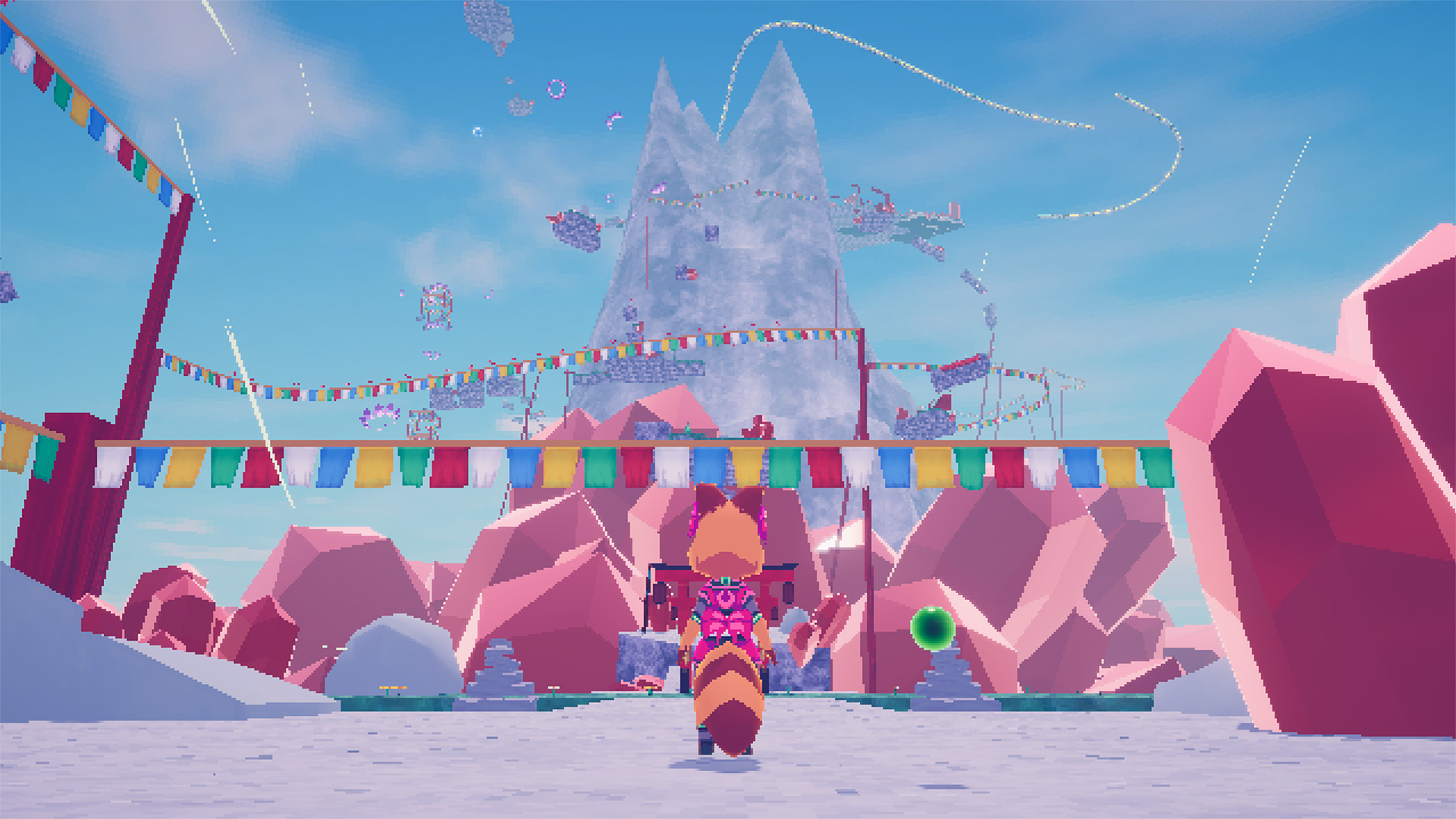
The Sega Saturn, PlayStation, and Nintendo 64 were among the first set of consoles that primarily used large polygons for graphics instead of pixels. Nights into Dreams, Super Mario 64, and Crash Bandicoot come to mind as popular platformer titles in that era. They were the pathway to the 3D games of today. Lunistice utilizes that classic visual style from those games for its design but makes it its own.
Its dreamy-esque environments of leaning buildings and floating objects give the familiar vibes of Nights into Dreams. The game’s level design is set up as a linear pathway, with a few side paths, that feels like many platformers such as Sonic the Hedgehog and Crash Bandicoot. These alternate pathways aren’t necessary to go through, but if you’re looking to nab that perfect score, you’ll have to do some exploring. At the same time, you’ll need to be cautious when it comes to how you maneuver around the level. Otherwise, you’ll be dying a lot, accidentally jumping into an abyss or hitting an enemy.
Unlike the other platforming titles, Lunistice doesn’t have any boss fights or end-stage battles to add more gameplay value, which is unfortunate. Instead, you’re running past obstacles to get to the end of the stage. The game doesn’t have much of a storyline either other than you’re playing as a tanuki named Hana who appears to be trapped in a programmed world. Your goal is to help Hana escape.
On the Run to Score

In each level, players can collect paper cranes. The more cranes you collect, the higher your score at the end. You’ll be timed on how long it takes you to beat the stage, but your score doesn’t reflect that. Players can also collect letters that spell out “HANA”, the name of the tanuki you control, but that’s of no consequence to the score either. Instead, you’re scored based on how many paper cranes you acquire and how many deaths (aka resets) occur. First timers will want to take it slow to get used to the level designs before going fast, but not Sonic the Hedgehog fast.
The game’s levels are also made for speed runners. There’s a flow for players to run through the stage. From jumping between platforms to knocking enemies to gain momentum, the development team knew what they were doing. Scores aren’t counted toward your completion grade and leaderboards are not available to compete with other players online. However, players can still take their timed records to websites such as speedrun.com and to live competitions.
The controls for Hana are well thought out and easy to understand: jump, attack, and run. When jumping, hitting the jump button twice lets you double jump. Going further, initiate a double jump and an attack in mid-air can create a triple jump to reach tougher spots to land. It’s important to understand the jump mechanics because you’ll need it.
Making landings after jumping and stopping after a run, however, feel loose. Sometimes, it feels like you have to give yourself some leeway. The game’s depth of field can also throw off your senses while navigating from platform to platform in the air. You’ll want to adjust your camera angle often until you memorize the level’s layout.
Fun in Stages

Two of the frustrating levels that players can expect to perish countless times on are the two Food levels. These levels are based on the soundtrack tempo and you’ll have to time your jumps near perfectly to get to the end. That doesn’t mean the levels afterwards aren’t tougher. In fact, they are more enjoyable.
The Amusement Park and Wanderlust levels are the most fun, since in those, players essentially get to play a Sonic the Hedgehog-like game. Sliding across rails and waterslides is one of the most enjoyable experiences in Lunistice. Players will have to keep an eye on their balance gauge to not topple over into the abyss though and, at the same time, watch out for enemies lurking ahead. There has to be some challenge, right?
For how much these level designs have Nights and Sonic inspirations, it would make sense for Sega to take some notes on how Lunistice is played. If anything, a Tails spin-off title that plays like this title would make sense. Hana isn’t fast like Sonic but is fast enough to fly across a level.
A Fine Polygon Tune
Lunistice’s soundtrack, composed by Knasibas, is well written and enhances the game’s style. Its upbeat techno music helps make levels fun to play, even the frustrating Food levels. The music in those particular levels is fun and the fact that the level itself bounces to the music’s tempo elevates the overall experience. That’s just how enjoyable this soundtrack is.
What’s better is that the game’s soundtrack is available on most streaming platforms, such as Apple Music and Spotify. Bandcamp also carries the soundtrack if you wish to purchase the tracks.
The Final Crane
Lunistice is a diamond-in-the-rough game with a great soundtrack that deserves your attention if you enjoy polygon throwbacks to the ‘90s. Seriously, it’s only $5, so pick it up and get ready for a polygonal ride.
A Nintendo Switch code was provided for this review.
